Trip to California, Nimrod Headington’s journal, details his 1852 journey by ship, sailing from New York to San Francisco, where would join the California gold rush. [1] [2]
This is the seventh in a series of blog posts, the transcription of Nimrod Headington’s 1852 journal.
Today’s installment begins on 15 May 1852, as they sail near Chile. They had been at sea nearly 95 days.
CHILE
May 15th. Fair winds and pleasant weather. Sailing 10 knots an hour. We headed east by north, and at 4 o’clock we came in sight of the coast of Chile, but it was a great distance off. Now in latitude 40°00’, longitude 64°03’.
May 16th. We had head winds all day so we could not make any headway. We tacked ship several times during the day and thereby held our own.
May 17th. Still having headwinds, and we continued to tack ship. At daylight this morning a ship was in sight and seemed to be heading toward us. The wind being fair for her, she soon came up in plain sight. Two men could be seen in her fore-top mast and two in her maintop mast, which told us plainly that she was a whale ship, and the men in the masts were watching for whale. They soon came up within speaking distance. They inquired where we were from, how long we had been out, and whether we had any sick on board. Our captain answered from New York, 96 days out, and all well.
Our captain asked the whaler where he was from, how long out, etc., and the answer was from Newfoundland, 165 days out, and had got 220 barrels of oil and that all was well. We were soon out of sight of the whaler, and soon after leaving her, we saw several whales.
May 18th. It rained all day. We were afraid of running ashore, for they could not take the sun’s altitude and could not tell just where we were. So we had to run west to make sure of not running on shore. We saw great schools of whale that afternoon.
May 19th. More head winds, and we had to run first east and then west to keep from running back. We are in latitude 36°10’.
May 20th. Still having head winds. We began to get very much discouraged, for we were within one day’s sailing from the port of Valparaiso, Chile, if we could only get a fair wind to carry us in that direction. We saw more whales and the largest school of porpoises that I saw during the voyage. They came from every direction. The sea was black with them.
May 21st. Wind continued the same and about 9 o’clock that night when all of a sudden in the twinkling of an eye the wind changed and sent our ship astern, and we came very near sinking. This is the most dangerous thing that can happen to a ship at sea.
May 22d. Bad storm all day. Between 10 and 11 o’clock that night, something appeared on the ends of the fore-topmast guard arms that looked exactly like balls of fire. The sailors called it [compizan] and said it was a sure sign of hard storms. In a few minutes, we saw a large water spout coming right toward us. We immediately changed our course, and it passed by us but quite close to us. It was a beautiful sight. The worst roaring noise that could possibly be imagined. Some of our passengers were almost frightened to death, while others slept. As for myself, I could not sleep when there was a storm or a prospect of one. I always wanted to see what was going on, and I watched the sailors, and as long as they did not seem scared, I felt all right. The sailors are all believers in witches, ghosts, and hobgoblins.
May 23d. We came in sight of the harbor, but on account of head winds had to lay out until the next morning.
May 24th. The wind shifted, and we ran in to port at 8 o’clock. Our anchor was dropped, and the captain of the port came on board, examined the shipping papers, and inquired as to the health of the passengers, crew, and how long we had been out. We had been out 94 days from New York and had lost 13 passengers, 10 men and three women, 12 of which had died since we left Rio de Janeiro. Eleven died of yellow fever, and one of consumption. There being but one sick on board, and he is getting better, we were given permission to land. As soon as the captain of the port left, the natives in small boats began to gather around our ship to carry us on shore for pay. All the English they could speak was “go shore.” Some of them had baskets of apples and grapes, some pears to sell. The fruit was very fine. All of it grew on the island of [Juan Fernandez], where Robinson Crusoe, his man Friday, and the goat had such a nice time. The island is only 60 miles from Valparaiso, and a steamer goes over every day, and one leaves the island every day. [3]
To be continued…
This makes me think of the virus situation going on today; how it is affecting travel and how some ships have been quarantined recently. Even ports 170 years ago asked about the health of the travelers who were on-board the incoming ships. They likely knew from past experience how easily visitors could spread new diseases.
I will post Nimrod’s journal in increments, but not necessarily every week.
[1] Nimrod Headington (1827-1913) was the son of Nicholas (1790-1856) and Ruth (Phillips) (1794-1865) Headington. He was born in Mt. Vernon, Knox County, Ohio, on 5 August 1827. He married Mary Ann McDonald (1829-1855) in Delaware County, Ohio, in 1849. Nimrod moved to Portland, Jay County, Indiana, by 1860 and a couple years later served in the 34th Indiana Infantry during the Civil War as a Colonel, Lieutenant Colonel, and Major. Nimrod died 7 January 1913 and is buried in Green Park Cemetery, Portland. Nimrod Headington is my fourth great-granduncle, the brother of my fourth great-grandfather, William Headington (1815-1879).
[2] Nimrod Headington at the age of 24, set sail from New York in February 1852, bound for San Francisco, California, to join the gold rush and to hopefully make his fortune. The Panama Canal had not been built at that time and he sailed around the tip of South America to reach the California coast.
Nimrod Headington kept a diary of his 1852 journey and in 1905 he made a hand-written copy for his daughter Thetis O. Tate. This hand-written copy was eventually passed down to Nimrod’s great-great-granddaughter, Karen (Liffring) Hill (1955-2010). Karen was a book editor and during the last two years of her life she transcribed Nimrod’s journal.
Nimrod’s journal, “Trip to California,” documents his travels between February of 1852 and spring of 1853.
[3] Nimrod Headington’s journal, transcription and photos courtesy of Ross Hill, 2019, used with permission.

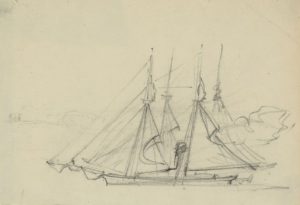
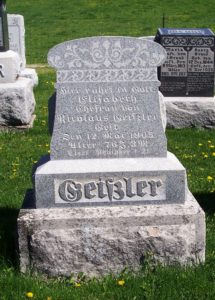
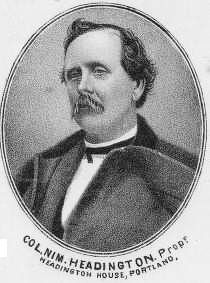

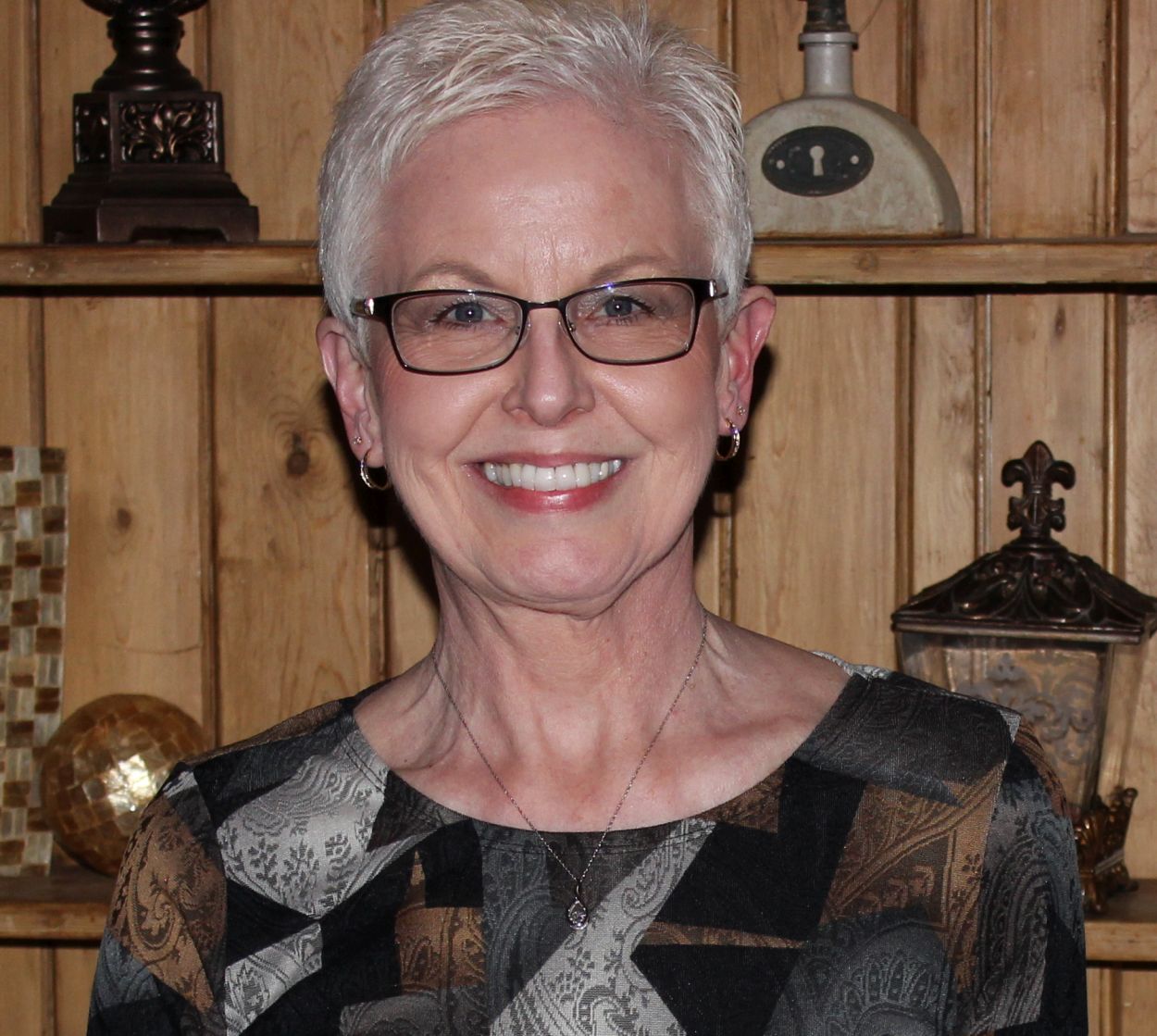
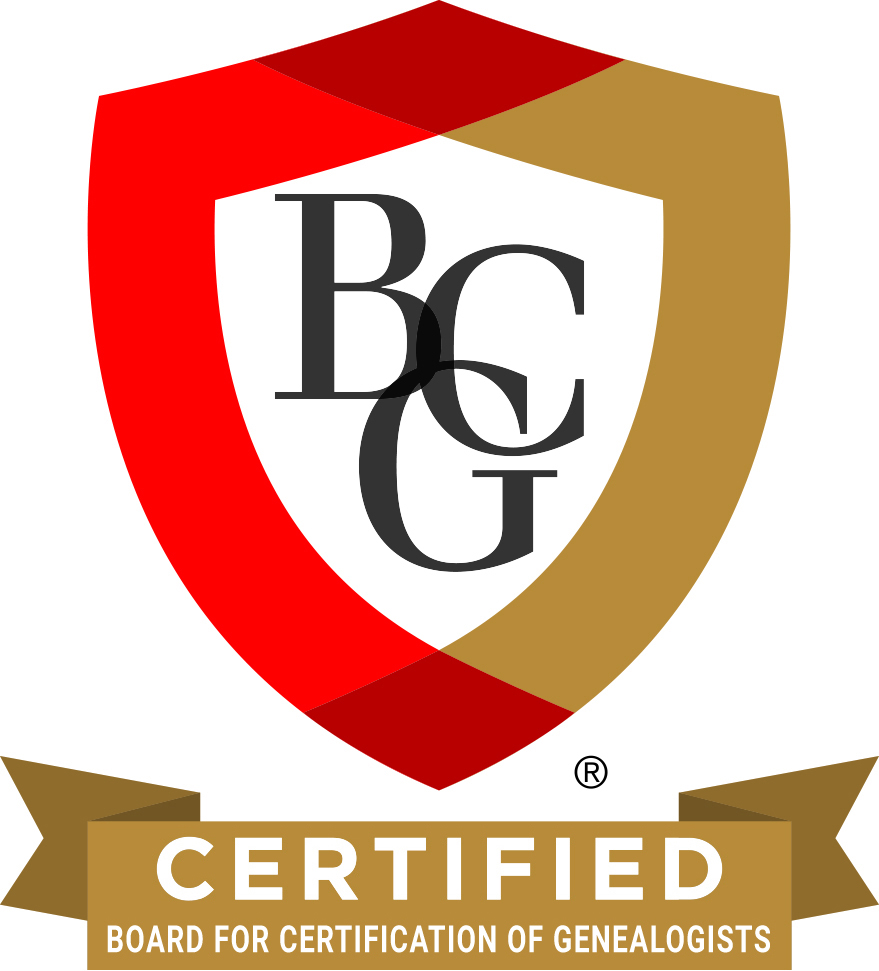
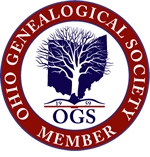

You're welcome, Karen. I'm still working on this also. Thank you so much for all of your wonderful Mercer County…
Very interesting and great picture (I had neersee before) of the church! Thanks for sharing this, Karen.
Ha! I see why you say that. Your original surname was probably something similar to Schmitt.
Thank you for letting me know.
I guess he could have picked a worse name lol, Thanks Karen